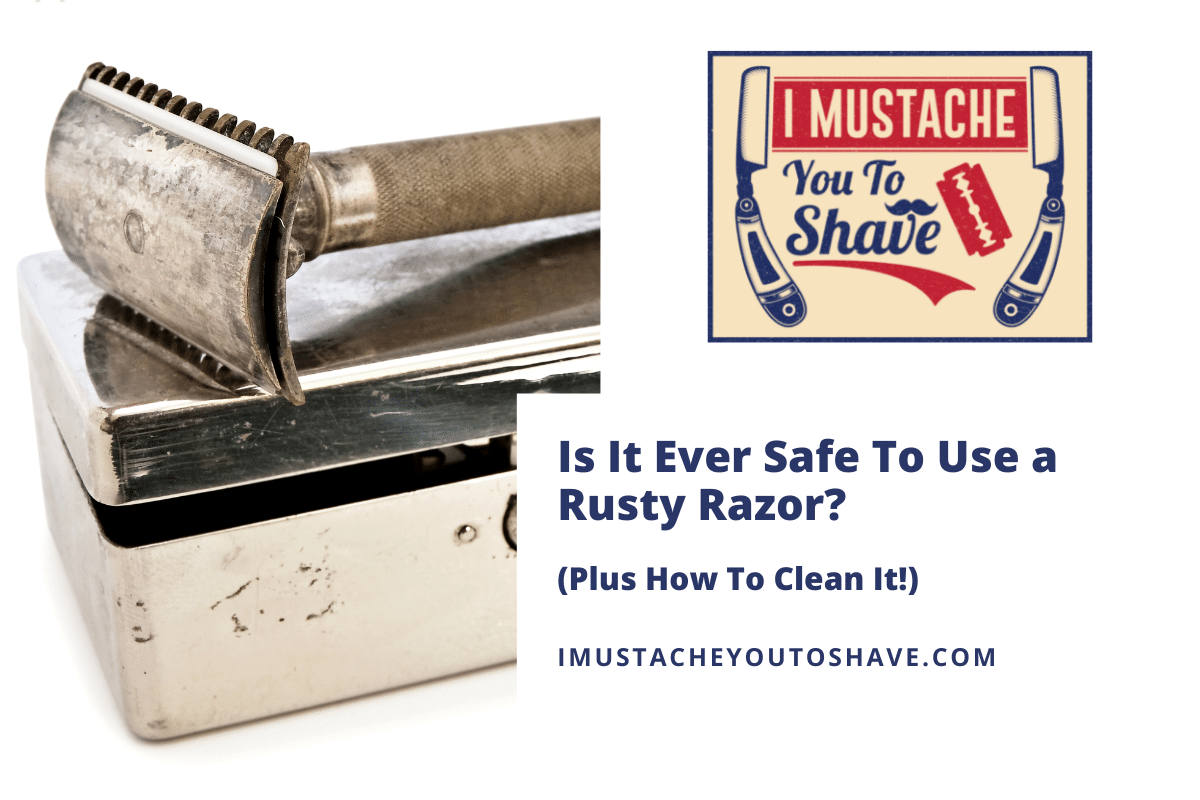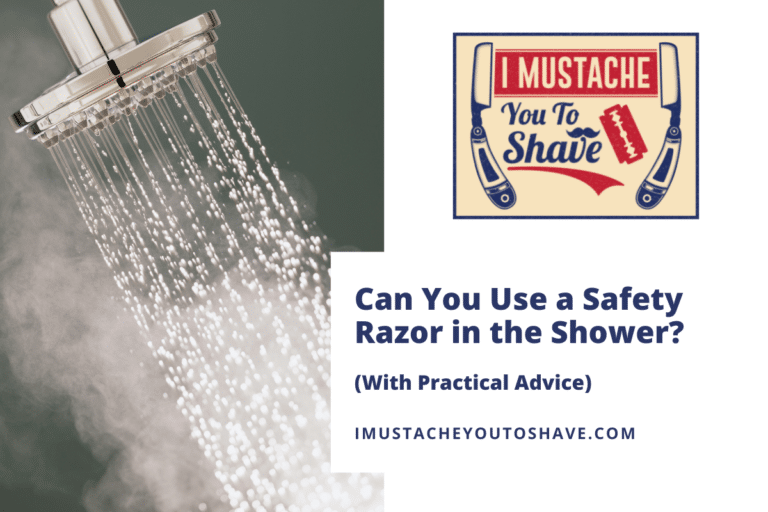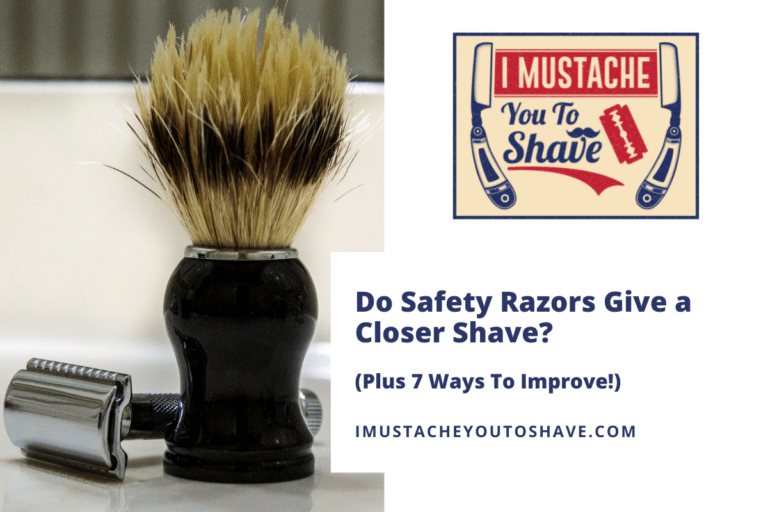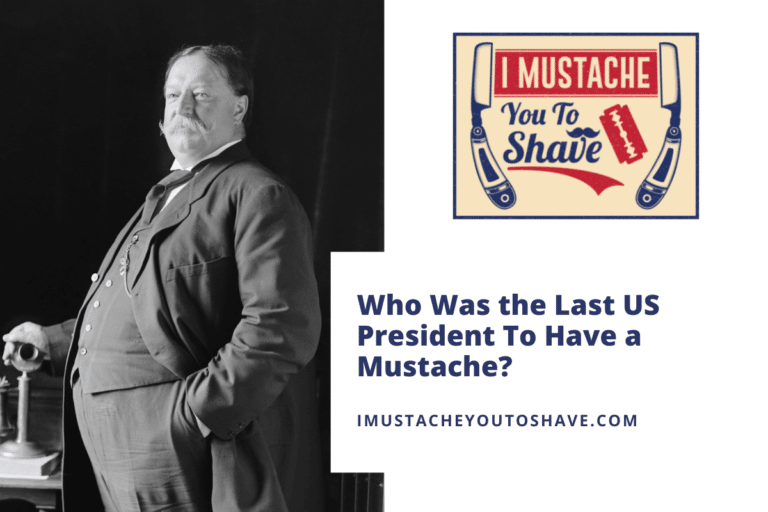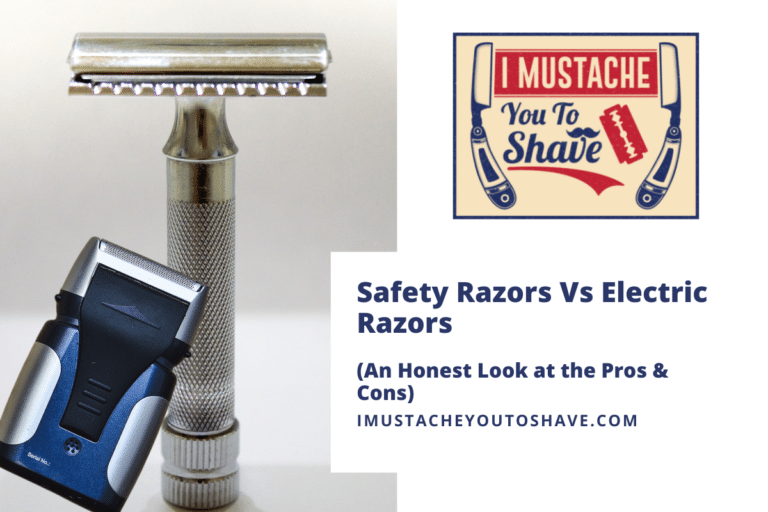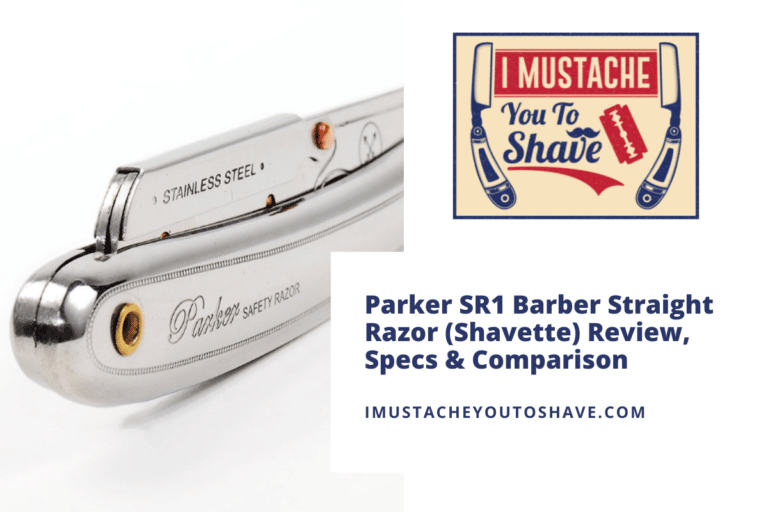Rusty Razor Blades – What Happens if You Use Them and Cut Yourself
Did you find a little rust on your razor after you shave? Worried that your rusty razor blade just gave you tetanus? Let’s take a look at the potential dangers of shaving with a rusty razor blade
Using a rusty razor to shave can cause irritation, razor burn, ingrown hairs, nicks, cuts, and other common shaving-related issues caused by dull or old blades because a rusty razor blade is a dull razor blade. The rusty razor blade can also cause bacterial or fungal infections if it hasn’t been sanitized.
Keep reading to find out what can happen if you use a rusty razor, as well as what types of razors can be cleaned and how to do so.
What happens if you use a rusty razor blade?
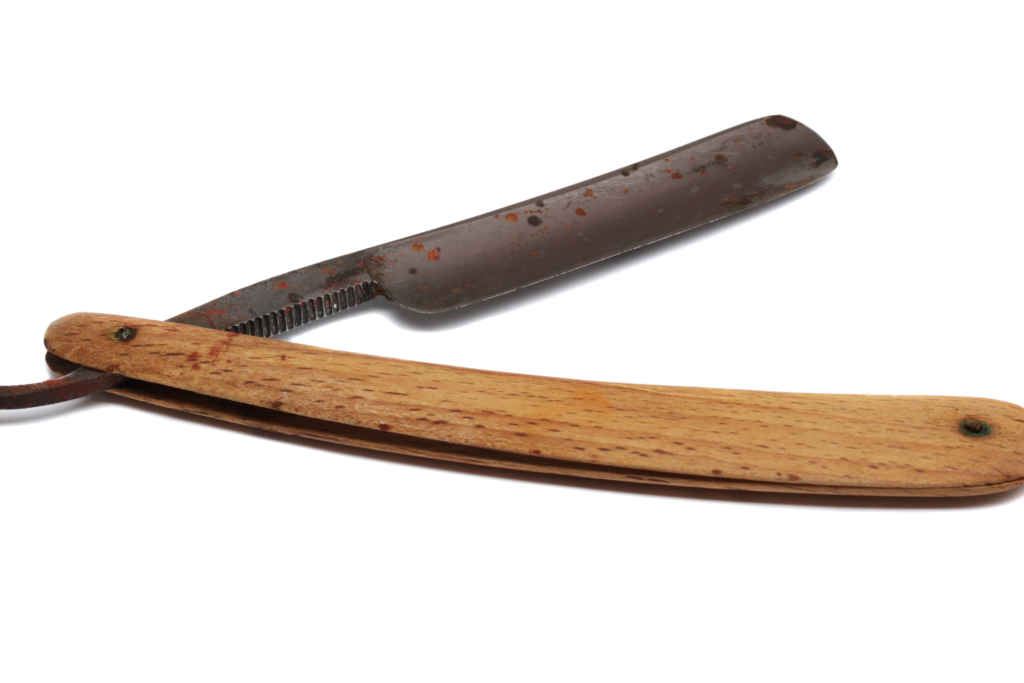
If you’ve ever gone to shave and found out that your razor is rusted, you may have been tempted to use the razor anyway or felt like you didn’t have a choice, but you should never use a rusty razor.
Rust on the razor is caused when moisture is left behind on the metal, which oxidizes it.
A rusty razor can be dangerous and lead to razor burn, bumps, and possibly infection.
Using a rusty razor is dangerous and can irritate your skin and cause an infection such as staph, which infects your hair follicles and leads to folliculitis. Folliculitis causes red, pus-filled bumps that look similar to razor burn to appear on your face.
The bacteria on the razor can also cause painful red boils called an abscess. An abscess is a honey-color crust on the skin from impetigo. Painful and red bumps on the skin from cellulitis are also possible.
But really, the worst thing about rusty razors, practically speaking, is that rusted razors lose their sharpness. While razor blades get duller with use, rust on the blade’s edge dramatically expedites this process.
As most people know, a dull blade doesn’t do a great job cutting things and when it comes to shaving, a dull razor blade will cause the razor to pull and tug on your hair rather than cut it cleanly. This pulling and tugging can lead to irritation, razor burn, and ingrown hairs.
A dull razor blade can also cause you to press down harder on your skin during your shave, increasing the likelihood of cuts and nicks.
You’re probably more worried about the actual rust on the razor though, so let’s look into that.
Can you get an infection from a rusty razor?
To prevent the possibility of getting a skin infection and have a great shave every time, never use a rusty razor. If you need to use the razor, then you should remove all rust, clean it thoroughly, and sharpen it.
You can get an infection from a rusty razor. A rusty razor is more likely to harbor infectious bacteria which can cause a skin infection.
Skin infections that are caused by staph bacteria include:
- Impetigo – This contagious infection develops a painful rash on the skin and features large blisters that can ooze fluid and make a yellow crust appear.
- Boils – This is the most common type of staph infection in which a pocket of pus develops in the oil gland or hair follicle.
- Cellulitis – This causes swelling and redness on the skin and may cause sores of oozing discharge.
Can a rusty razor blade cause tetanus?
Tetanus is caused by a bacterium called Clostridium tetani, which is found everywhere in the world in places such as soil, dust, and feces. It is a common misconception that rust causes tetanus.
Rust does not cause tetanus, but any of the bacteria that may be on the razor could. It is safe to say that the chance of getting tetanus from a rusty razor blade is highly unlikely. If you were to cut yourself with a rusty razor blade, then it would be a good idea to be up to date on your latest tetanus booster.
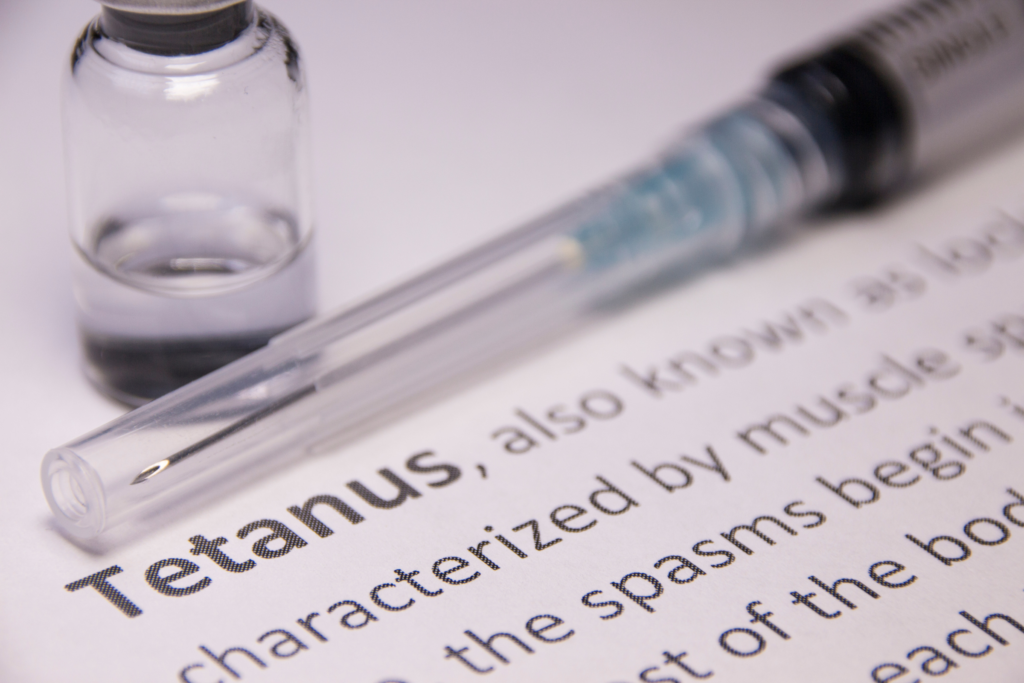
Using a rusty razor blade is never a safe option as the bacteria that can harbor and stay on there may be dangerous and cause infections.
It is also important to note that certain occupations, such as construction workers, gardeners, farmers, and firefighters, may have a higher risk of getting tetanus.
What to do if you shaved with a rusty razor
If you have already shaved with a rusty razor, you might be a bit worried.
I’m not a doctor, but if you shaved with a rusty razor, you should use an alcohol-based aftershave, witch hazel, or other antiseptic on your face to help prevent any potential bacterial or fungal infection. You should do this whether or not you got a nick or cut on your face because there could still be tiny cuts that you can’t see after your shave.
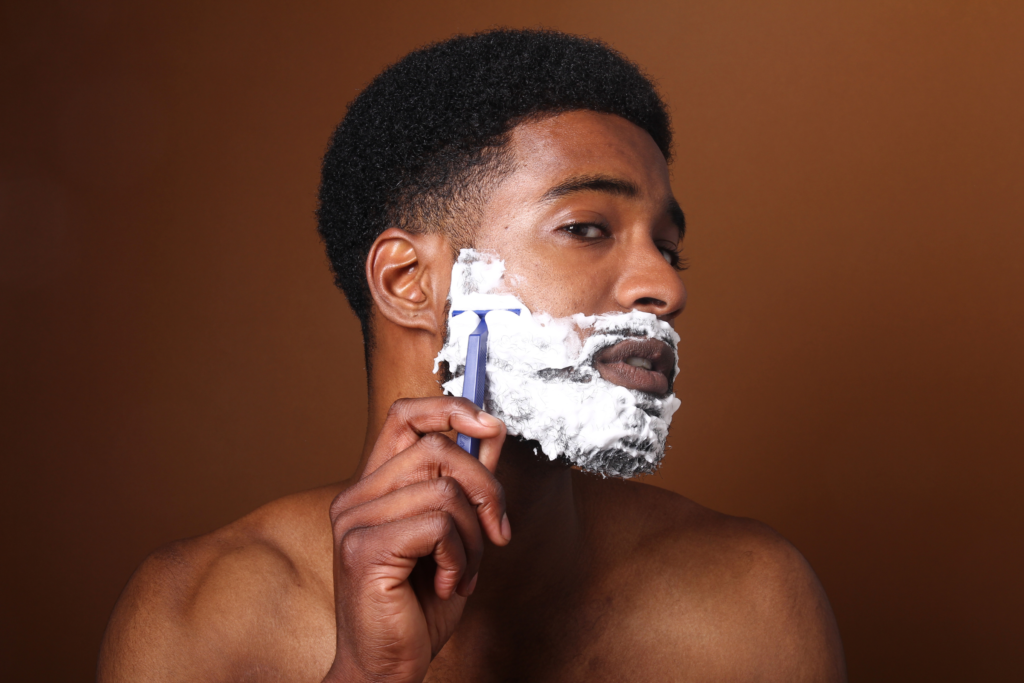
Then, you should either clean your rusty razor blade or replace razor blades altogether before your next shave.
How to clean a rusty razor blades
It is possible to remove rust from a razor so you can use it again, and we will walk through how to do it.
Removing the rust from the razor will help restore the razor to its best ability so you can get that smooth and perfect shave again without any risk of infection!
Some rusty razor blades can be salvaged for use to shave again, but it is important to know what kind of razors are able to be salvaged.
Do not try to restore a rusty disposable safety razor blade or cartridge razor. It is best to throw these disposable or cartridge razors in the garbage and grab a new one. The only type of rusty razor you should try to restore is a standard safety razor blade or a straight razor blade.
To clean your rusty razor:
- Gather your materials
- Rinse the blade thoroughly
- Soak the blade in vinegar
- Create a cleaning paste
- Scrub the razor
- Rinse the blade (again)
- Dry the blade
- Sterilize the blade
1. Gather your materials
Collect all the required items.
To clean your rusty razor, you will need the following:
- White vinegar – to help remove the rust
- Sea salt or table salt – acts as an abrasive to help remove the rust
- Old toothbrush – for scrubbing the blade
- A few soft, clean towels – for drying the blade
- Rubbing alcohol – to sterilize the blade after it’s clean
- Cotton balls – to sterilize the blade after it’s clean
2. Rinse the blade thoroughly
Rinse the rusty blade under hot water to clear the blade of any hair. After finishing the shave, put the blade under a stream of hot water and rotate it for 5-10 seconds.
Do not use any harsh chemicals such as soap or bleach, just plain water. Be sure to rotate it around to get out anything stuck in the slots of the blade.
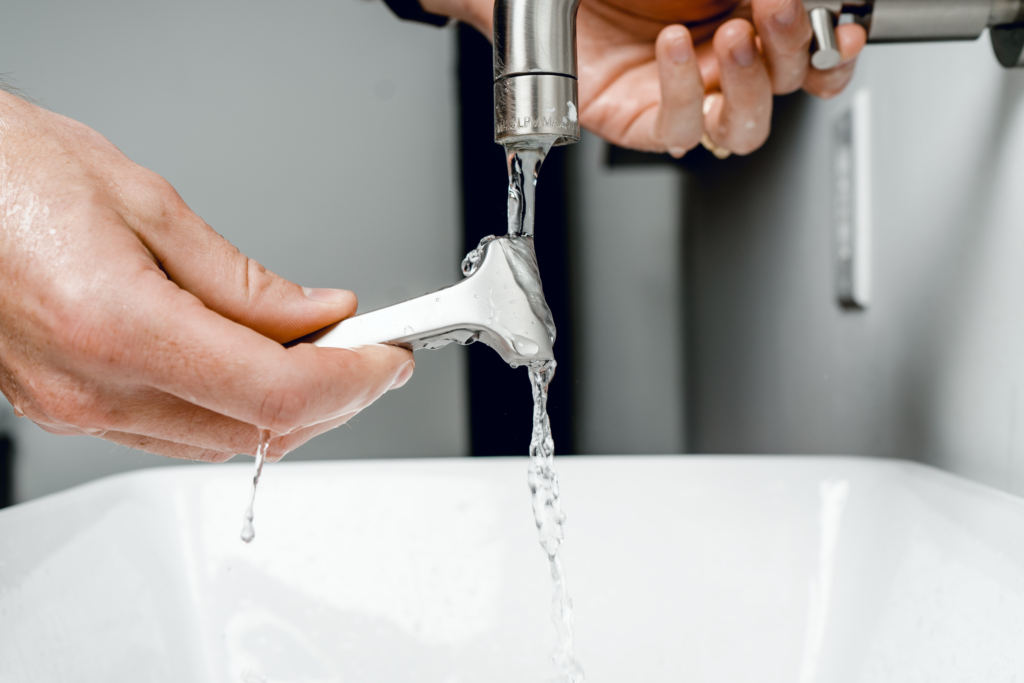
3. Soak the blade in vinegar
Fill a bowl with a small amount of white vinegar.
Put the razor blade in the bowl so it is completely submerged, and soak it for at least 30 seconds. The longer the better, especially if the rust is difficult to come off.
4. Create a cleaning paste
Create a paste of sea salt and vinegar.
While the blade is soaking, put some sea salt into a bowl and pour some vinegar over it. Mix them together until a thick paste forms.
5. Scrub the rust on the razor blades
Remove your razor blade from the vinegar.
Dip the toothbrush into the paste and cover it thoroughly. Scrub the blade well and reload with more paste if needed.
6. Rinse the razor blade (again)
Blot away any big chunks of paste, then rinse the blade clean under a stream of tap water.
Make sure all the rust is gone on the blade because it can spread if not cleared completely.
7. Dry the blade
Once the blade is completely free of rust, blot with a soft towel (do not wipe) to remove moisture which can cause more rust.
8. Sterilize the blade
Soak a cotton ball in rubbing alcohol and wipe the entirety of the blade. The alcohol will help to dry and sterilize the blade for future use.
A rusty razor can easily be damaged, so make sure there are no small chips or nicks in the metal before shaving with it. If you aren’t sure it is safe, then do not use it. Be very careful when scrubbing the blade, so you don’t cut yourself!


